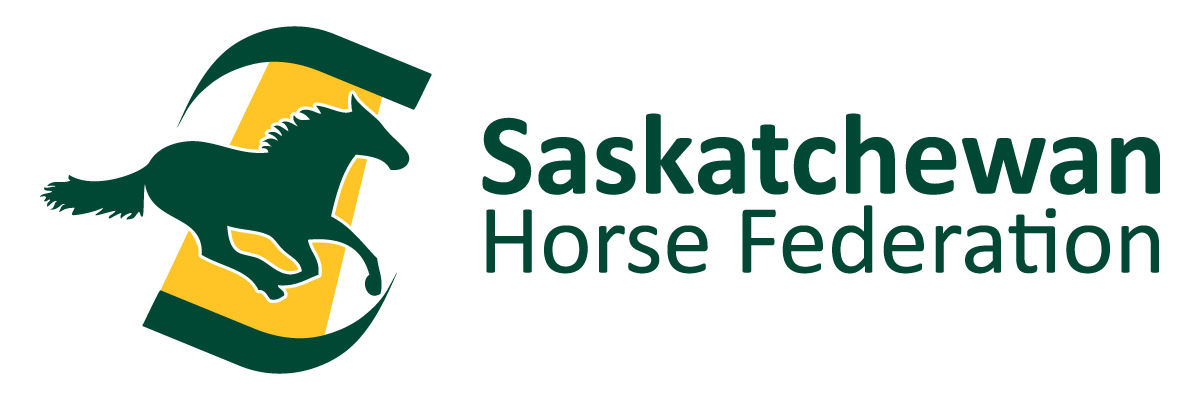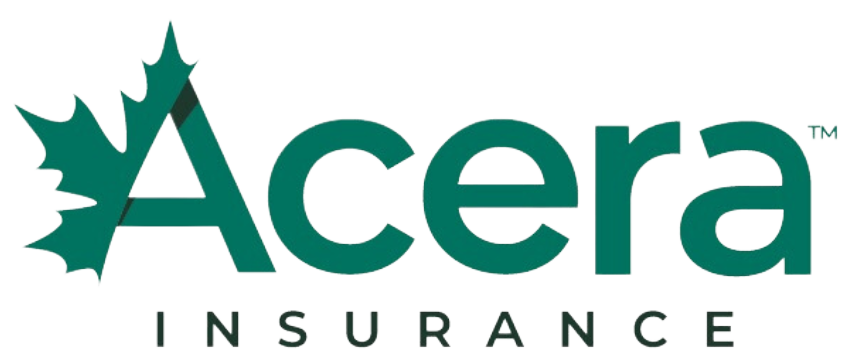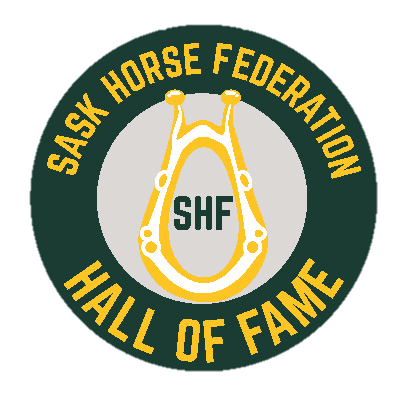An outbreak of Vesicular Stomatitis (VS) in the western United States has implications for Saskatchewan horse owners traveling or competing in the area this summer.
VS is a viral disease that spreads through contact with salvia or fluid from lesions of infected animals. Insects such as midges are also implicated in transmitting the virus. Horses, pigs, cattle, sheep, pigs and other ruminants, such as deer and llamas, can all become infected. This disease is significant because the clinical signs are indistinguishable from other vesicular diseases, such as foot and mouth disease (FMD), which affects ruminants and swine but not horses. Prompt diagnosis is important to contain a VS outbreak, which can restrict international trade, but more so to rule out a devastating vesicular disease like FMD. People working in close contact with the VS virus or infected animals can become infected and develop flu-like illness, and occasional cases of meningitis have also been reported.
The VS virus has been detected in the United States this summer, including in Oklahoma, Wyoming, Nebraska, Colorado, New Mexico and Texas. Cases have occurred primarily in horses, though some cattle have been infected. The VS virus is also prevalent from southern Mexico to northern South America, but regularly spreads north from these regions in the summer, causing outbreaks. The virus is not endemic in the United States; however, it is introduced periodically into some areas. There have been no cases in Canada since 1949. However, import restrictions to prevent introduction can affect cross-border equine movement.
Clinical signs
After exposure to the virus, it takes two to eight days for symptoms to appear. Animals usually recover within a few days or up to two weeks, unless other complications arise.
The symptoms of VS virus infection are:
- Blisters inside the mouth and on the lips, nose, hooves and udder;
- Mild fever;
- Excessive salivation or drooling;
- Refusal to eat or drink;
- Lameness (especially in swine); and
- Reduced milk production in milking cows.
Transmission
Transmission of the VS virus is not completely known. Insects, such as midges and biting flies, appear able to introduce the VS virus into populations of domesticated animals. Once it has been introduced into a herd, the virus is spread from animal to animal by direct contact through saliva and fluid from vesicles or blisters. Contaminated feed, water and milking machines are other ways this virus can be transmitted.
Preventing the spread of VS
The Canadian Food Inspection Agency (CFIA) has taken the following measures to prevent the entry of VS into Canada:
- VS is a reportable disease under the Health of Animals Act. This means that all suspected cases must be reported to the CFIA.
- All reported suspect cases are immediately investigated by the agency.
- If VS is diagnosed on a Canadian premises, a quarantine would be imposed to restrict movement of the animals. This quarantine would be lifted 30 days after all clinical signs have disappeared.
Due to the current cases in the United States, the CFIA has put the following restrictions on all horses being imported or returning from the United States:
- US-origin and returning Canadian horses for all end-uses from Oklahoma, Wyoming, Nebraska, Colorado, New Mexico and Texas: Importation is prohibited, effective immediately.
- Returning Canadian horses: Importation is prohibited if they stayed in one of the affected states listed above during the 21 days immediately prior to returning to Canada. They will have to be moved to a non-affected state, stay there for at least 21 days and be certified by the United States Department of Agriculture (USDA) as follows:
- The animal(s) or thing(s) must originate from a state certified free from VS.
- All states in which the animal(s) have resided in the past 21 days must have been free from clinical and epidemiological evidence of VS during the 21 days immediately prior to export to Canada.
- It's important to note that various states may also prohibit interstate movements without permit/certification/testing/post-entry testing, and the Canadian owner should check state requirements before movement.
- Transiting VS-affected states: Whenever possible, US-origin and returning Canadian horses should avoid traveling through the affected states listed above. If the only route available is through a VS-affected state, when the owner/shipper arrives at the Canadian port of entry they must complete a Supplementary Declaration Form.
- US-origin horses for all end-uses from non-affected states: Importation is permitted. The following import requirements still apply and must be certified by the USDA:
- The animal(s) or thing(s) must originate from a state certified free from VS.
- All states in which the animal(s) have resided in the past 21 days must have been free from clinical and epidemiological evidence of VS during the 21 days immediately prior to export to Canada.
For additional information, contact your CFIA district veterinarian.
Article by Kathryn Tonita, MSc, PAg, Animal Health and Welfare Specialist, Livestock Branch





